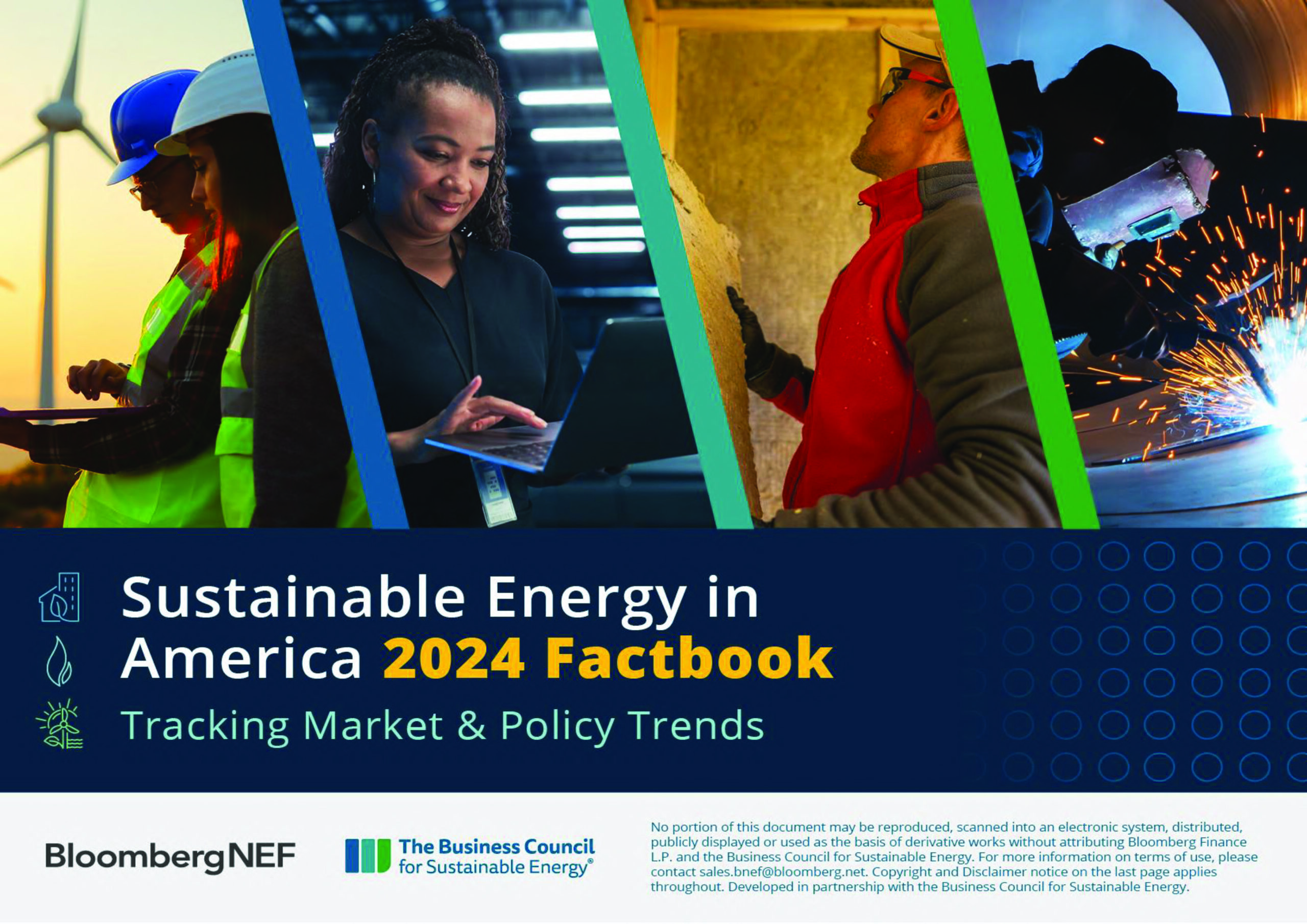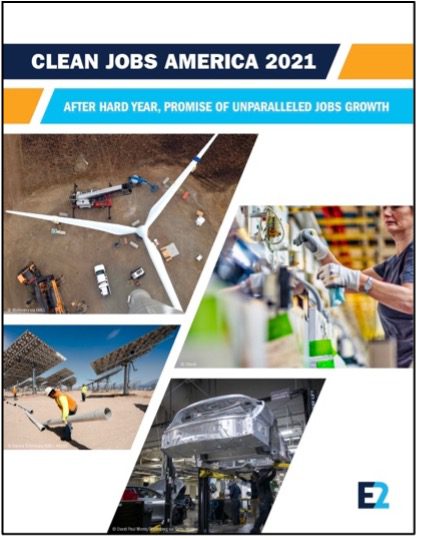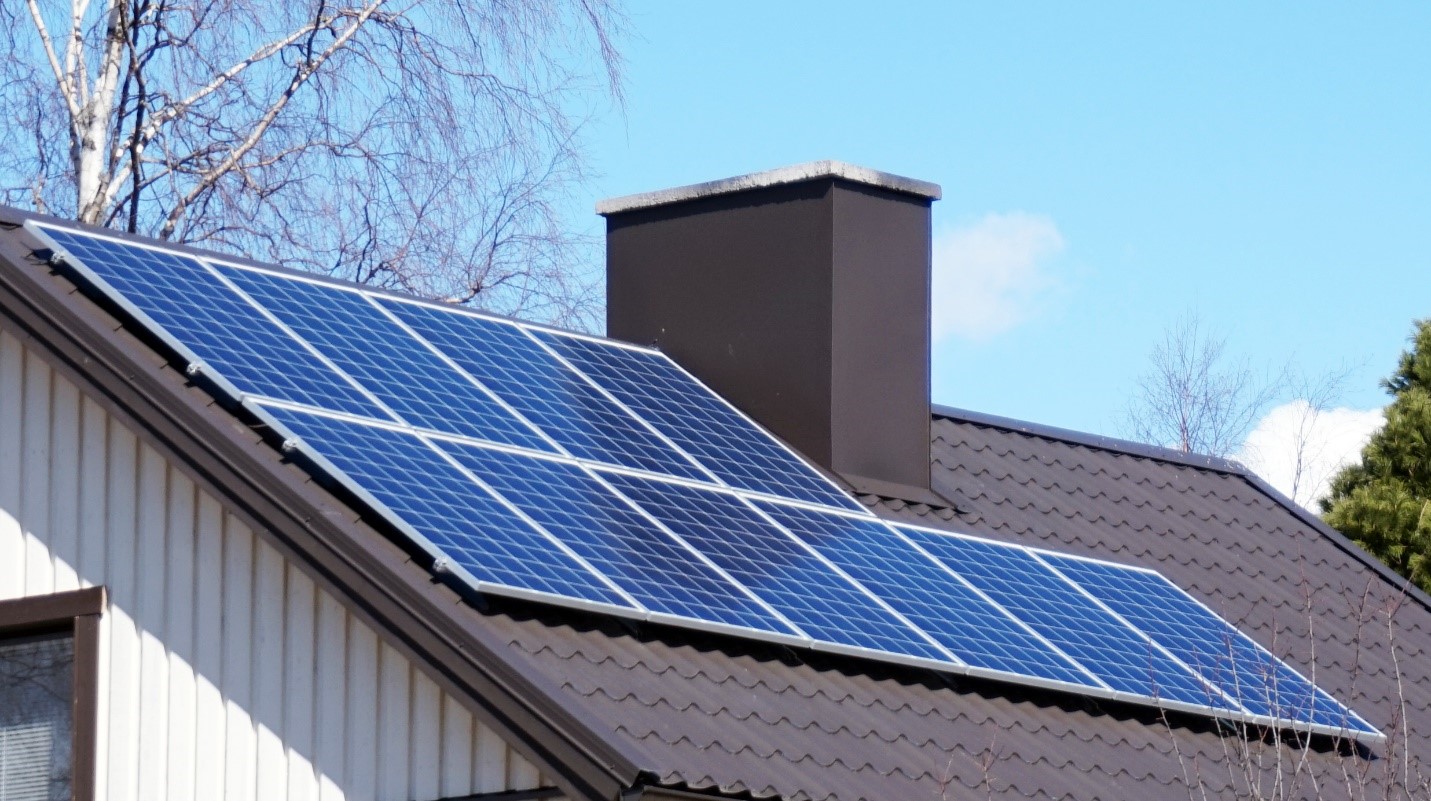Driven by the passage of the Infrastructure Investment and Jobs Act and the Inflation Reduction Act (IRA), the clean energy transition saw a record-shattering year in 2023, according to the Business Council for Sustainable Energy (BCSE) and BloombergNEF in the Sustainable Energy in America Factbook, released Wednesday. The report focuses on clean energy technologies, including renewables, electric vehicles, power grid investments, energy efficiency, and other sectors, and details the more than $303.3 billion in financing deployed in the U.S. last year on clean energy investments.
Details »Insulation Institute Blog
Posts Categorized: Clean Energy
2021 Record Year for Clean Energy
Despite the ongoing pandemic, 2021 was a record-breaking year for investment in the energy transition and renewable power, battery storage, and sustainable transportation, according to the 2022 Sustainable Energy in America Factbook, published by BloombergNEF (BNEF) and the Business Council for Sustainable Energy (BCSE). This tenth annual edition of the Factbook concludes that unprecedented injection of new capital into companies, technologies, and projects, as well as a wave of supportive new policies, drove the growth in clean energy transition and energy efficiency.
Details »New Report Details COVID’s Effects on Clean Jobs
A report released this week by E2 (Environmental Entrepreneurs) highlights the tremendous impact of the pandemic on clean jobs. According to Clean Jobs America 2021, for the first time since the organization began tracking clean jobs, employment fell across the sector in 2020. The pandemic, the resulting economic fallout, and the lingering impacts of policies of the previous administration all contributed to a decline of 11 percent in the total number of clean jobs, the report notes.
Details »Should Solar Generation Trump Energy Conservation?
As communities and municipalities look to adopt improved building energy codes to meet climate or resiliency goals, including additional requirements for solar PV energy production is a common discussion point.
There are often suggestions to allow for a larger PV system and forego other energy efficiency improvements that were included in the last few energy code updates. It’s argued that if a home has a solar PV system included, it is more cost-effective to expand that solar PV system than to make efficiency improvements such as improved windows, walls, or ceiling insulation. The question is, more cost effective for whom?
Details »5 Ways Millennial Buyers Aren’t So Different
Much has been made about the vaunted power of the Millennials to shape home sales in the coming years. These adults, born between the 1982 and 2003, will wield tremendous influence and comprise roughly 36 of the U.S. population by 2020 (77 million people). Much of what sociologists report about Millennials centers on the many ways they’re different from Boomers or Gen Xers, such as being more civic minded, collaborative and technologically savvy. And while marketers often focus on their differences compared to other generations, truly understanding this customer segment is about seeing both the similarities to and differences from other generations.
Details »For Better Homes, Is it Net Zero or Passive House?
While solar homes have reached a milestone, superior envelope efficiency must be primary
U.S. Department of Energy (DOE) recently announced that the number of U.S. homes with solar panels has reached 1 million. As the primary on-site renewable power generation source, the expansion of rooftop solar photovoltaic (PV) means a much more distributed network of energy production and a more resilient energy grid. But is the expansion of solar overshadowing basic tenets of optimizing energy efficiency?
Details »





